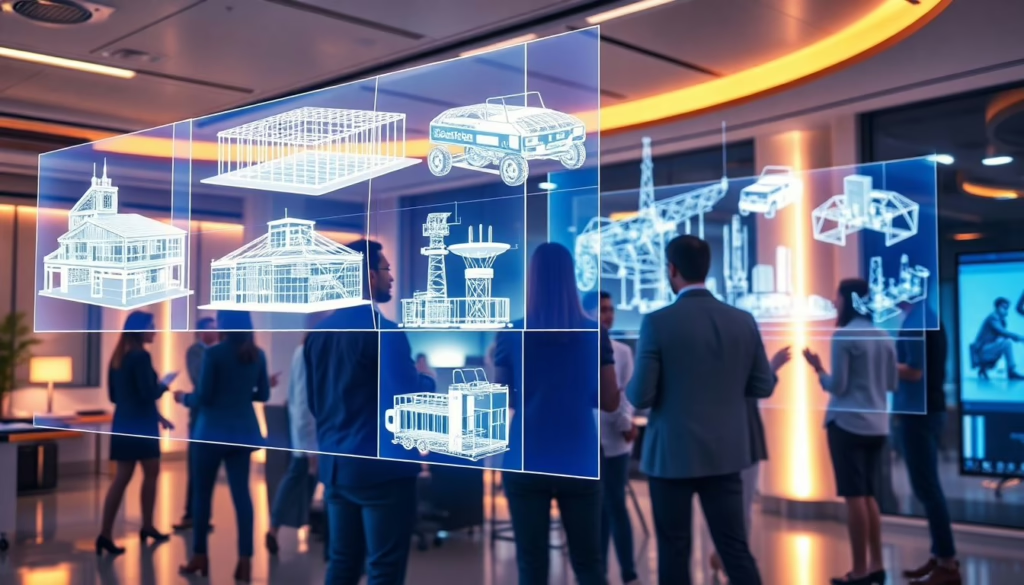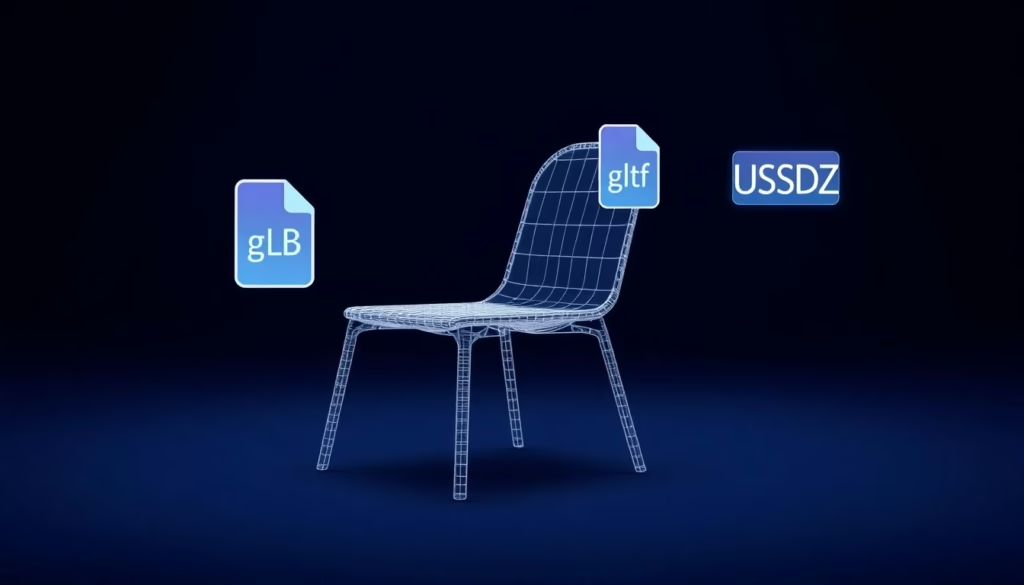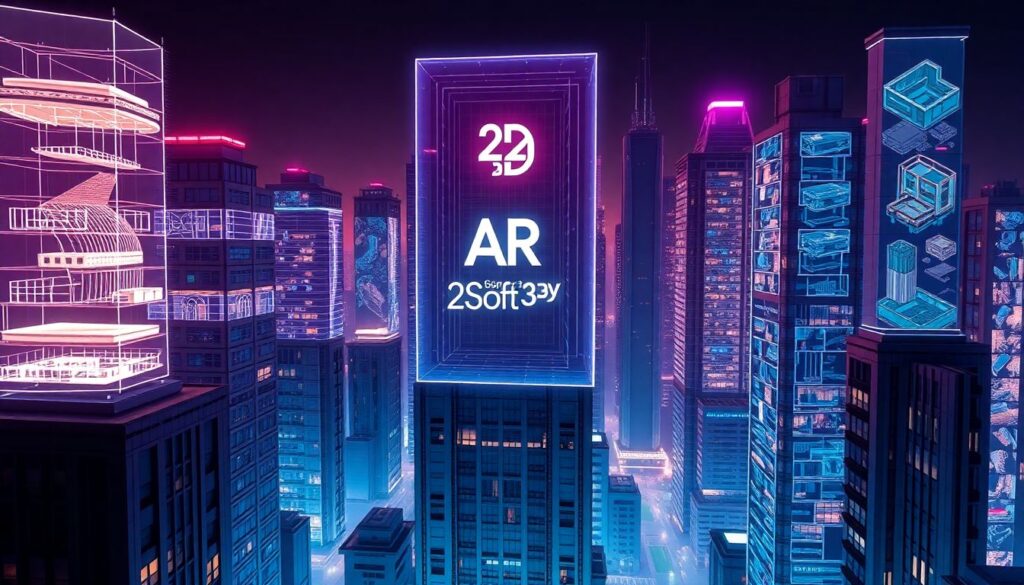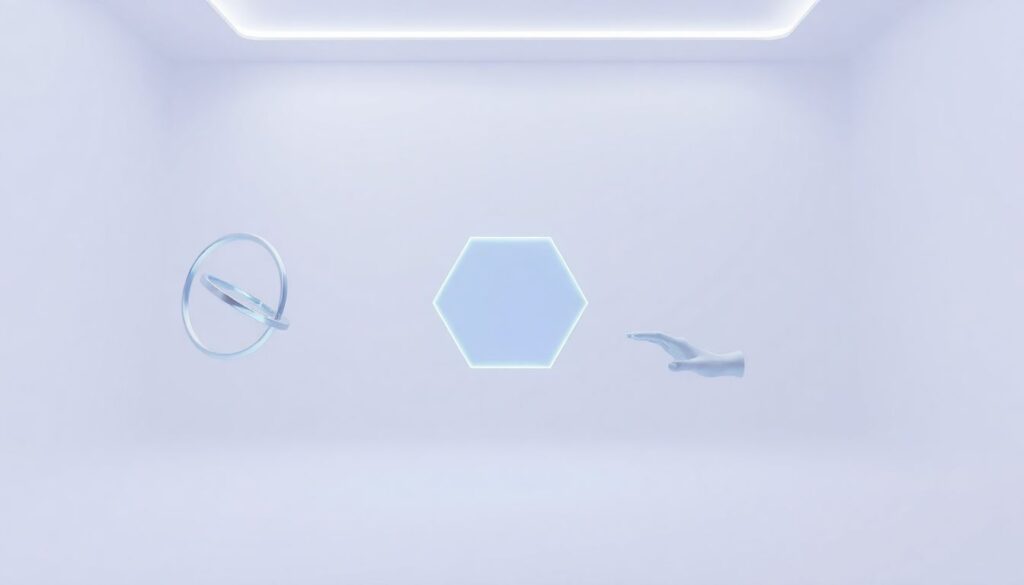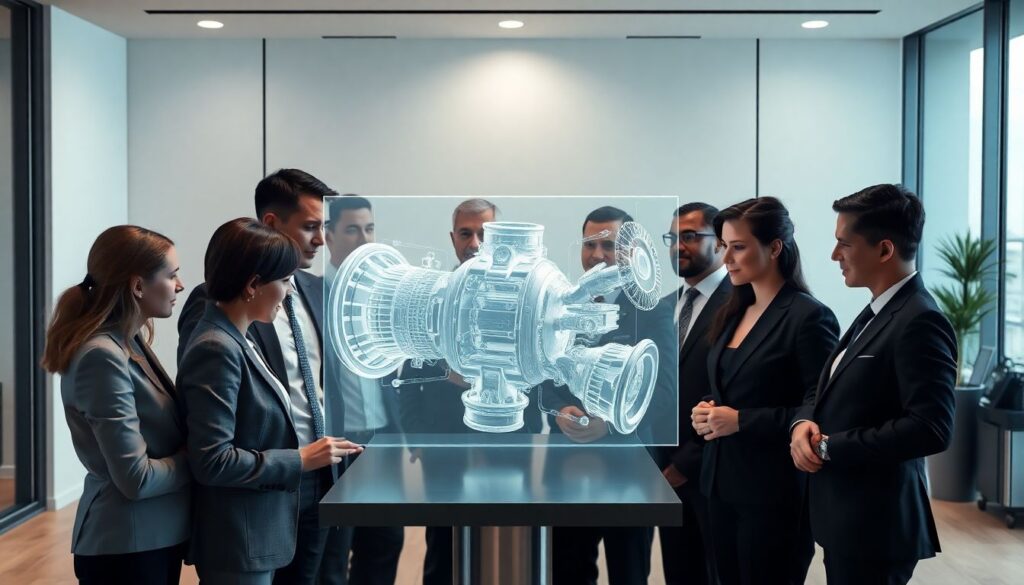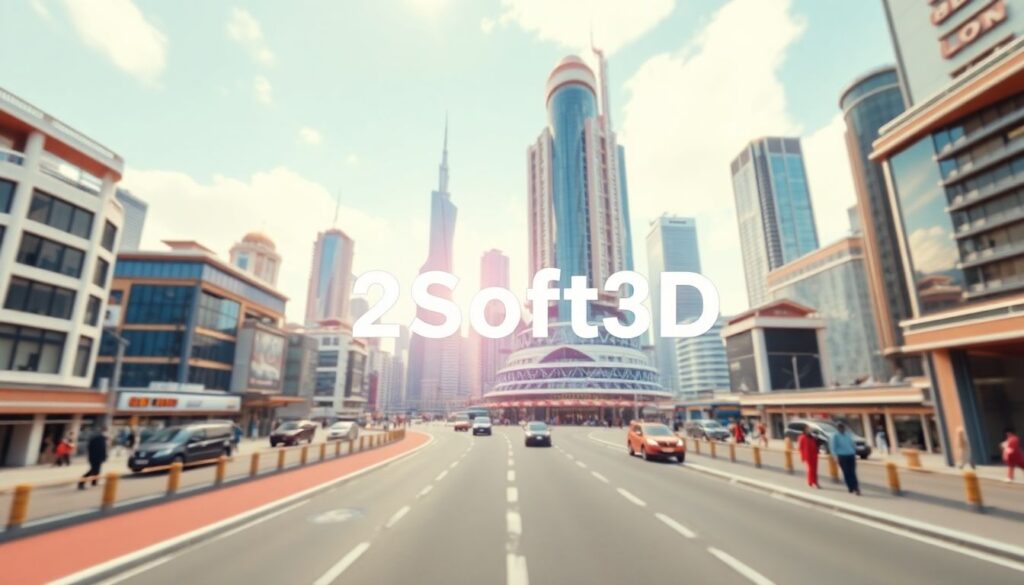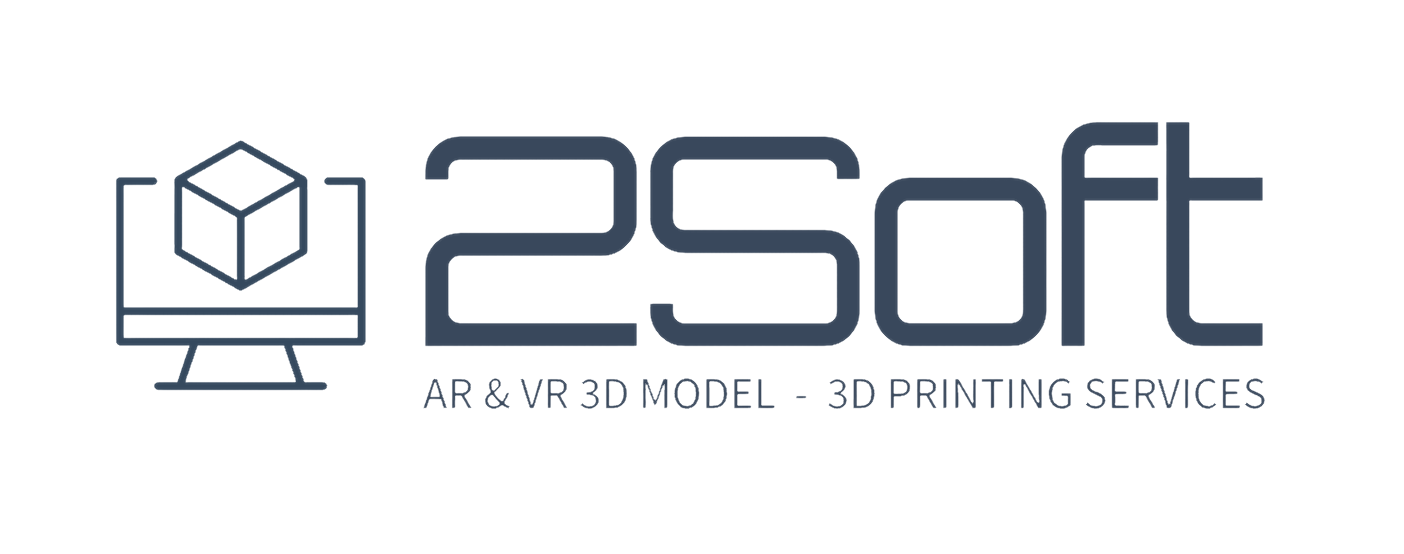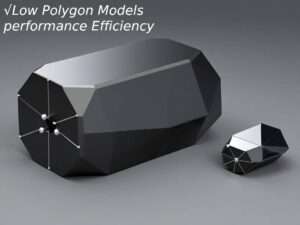
Low polygon models, often referred to as “low poly” models, are 3D models that are composed of a relatively small number of polygons compared to high-resolution models. They have several performance and efficiency benefits, especially in real-time applications like video games, virtual reality (VR), and augmented reality (AR). Here are some key aspects of their performance efficiency:
### Low Polygon Models performance Efficiency
1. **Reduced Processing Power:**
– **Rendering Speed:** Low poly models require less processing power and memory to render compared to high-poly models. This allows for faster frame rates and smoother gameplay.
– **Lower Load on GPU:** Since they have fewer vertices and faces, they require less effort from the Graphics Processing Unit (GPU), improving overall performance.
2. **Quick File Size:**
– **Smaller File Sizes:** Low poly models typically have smaller file sizes, making them quicker to load. This is particularly beneficial for web applications and mobile games where bandwidth is limited.
3. **Efficiency in Animation:**
– **Faster Skinning and Rigging:** Animation systems can process low poly models more rapidly, which can improve performance in dynamic scenes where numerous characters are animated simultaneously.
4. **Lod (Level of Detail) Management:**
– **Dynamic LOD:** Game engines can easily switch between different levels of detail (LOD) for objects based on the distance from the camera. Low poly models serve as ideal LODs for high-res versions, meaning when an object is far away, a low-res version is displayed, saving computational resources.
5. **Easier Collaboration:**
– **Simplified Editing:** Low poly models are generally easier to edit, modify, and maintain. They can facilitate a quicker workflow in projects involving multiple artists and developers.
### Applying Low Polygon Models:
1. **Visual Style:**
– Low poly models are often used to achieve a specific aesthetic in games and media. The stylized appearance of low poly art can be visually appealing and foster a unique design language.
2. **Game Performance:**
– When handling many agents or characters in a scene (such as in strategy or simulation games), low poly models allow for numerous instances on the screen without incurring significant performance costs.
3. **VR/AR Environments:**
– In virtual and augmented reality applications, maintaining high frame rates is crucial for comfort and immersion. Low poly models help developers maintain performance while delivering rich experiences.
### Best Practices for Using Low Polygon Models: ( Low Polygon Models performance Efficiency )
1. **Optimize UV Mapping:**
– Keep UV layouts efficient to maximize texture usage without excessive stretching. This maintains visual quality while reducing texture sizes.
2. **Texture Painting:**
– Use larger, more detailed textures on low poly models (e.g., using techniques like baked lighting) to enhance realism without increasing polygon counts.
3. **Combine Models:**
– Use techniques like batching to combine multiple models into a single draw call, reducing the overhead on the GPU.
4. **Performance Profiling:**
– Continuously profile performance and memory usage through tools integrated into game engines to ensure optimization goals are met throughout development.
5. **Use of Normal Maps:**
– Leverage normal maps to simulate details on low poly surfaces without increasing the polygon count significantly, adding perceived detail.
### Low Polygon Models performance Efficiency Conclusion:
Low polygon models are an essential asset in maximizing performance efficiency, especially in performance-sensitive applications like gaming and VR/AR. By implementing low poly models strategically, developers can create engaging and performant experiences while maintaining aesthetic appeal, ensuring that hardware constraints do not hinder creativity.
